
Human history is intricately linked to the tools we have used to record our thoughts and experiences. The journey from primitive stone tablets to modern print is a fascinating one, showcasing how writing instruments have evolved alongside our cultures and technologies.
Early Beginnings: Stone Tablets and Clay
The earliest forms of writing were etched directly onto stone tablets. This method was predominant in ancient civilizations such as the Sumerians of Mesopotamia around 3200 BCE. Clay tablets, which were easier to inscribe, soon followed, providing a more versatile medium for recording transactions and historical events.
The Advent of Papyrus and Ink
With the development of papyrus by the ancient Egyptians, writing became more refined and portable. Ink made from natural dyes and pigments provided a lasting medium that could be applied to papyrus scrolls, expanding the possibilities for recording information.
Quills and Parchment: The Middle Ages
The Middle Ages saw the use of animal skin parchment and quills, which allowed for more precise and elegant writing. Monks in medieval monasteries meticulously copied manuscripts, preserving important texts and contributing to the spread of knowledge throughout Europe.
Revolutionizing Communication: The Printing Press
The invention of the printing press by Johannes Gutenberg in the mid-15th century revolutionized the way we communicate. This groundbreaking technology enabled the mass production of books, making literature accessible to a broader audience and fueling the Renaissance and subsequent intellectual movements.
Modern Innovations: Fountain Pens and Beyond
As we moved into the modern era, writing instruments became more sophisticated with the invention of fountain pens in the 19th century. This invention allowed for smoother writing without the need for constant dipping, making writing more efficient.
The Digital Age: Typing and Printing
Today, digital devices have largely supplanted traditional writing tools, offering unparalleled convenience and speed. Despite this, the history of writing instruments remains a testament to human innovation, reflecting our continual pursuit of better tools to express our thoughts and ideas.
Conclusion
The evolution of writing instruments from stone tablets to print demonstrates a remarkable journey of human ingenuity. As we embrace the digital age, understanding the history of these tools enhances our appreciation for the written word and the tools that helped shape it.
Human history is intricately linked to the tools we have used to record our thoughts and experiences. The journey from primitive stone tablets to modern print is a fascinating one, showcasing how writing instruments have evolved alongside our cultures and technologies. 
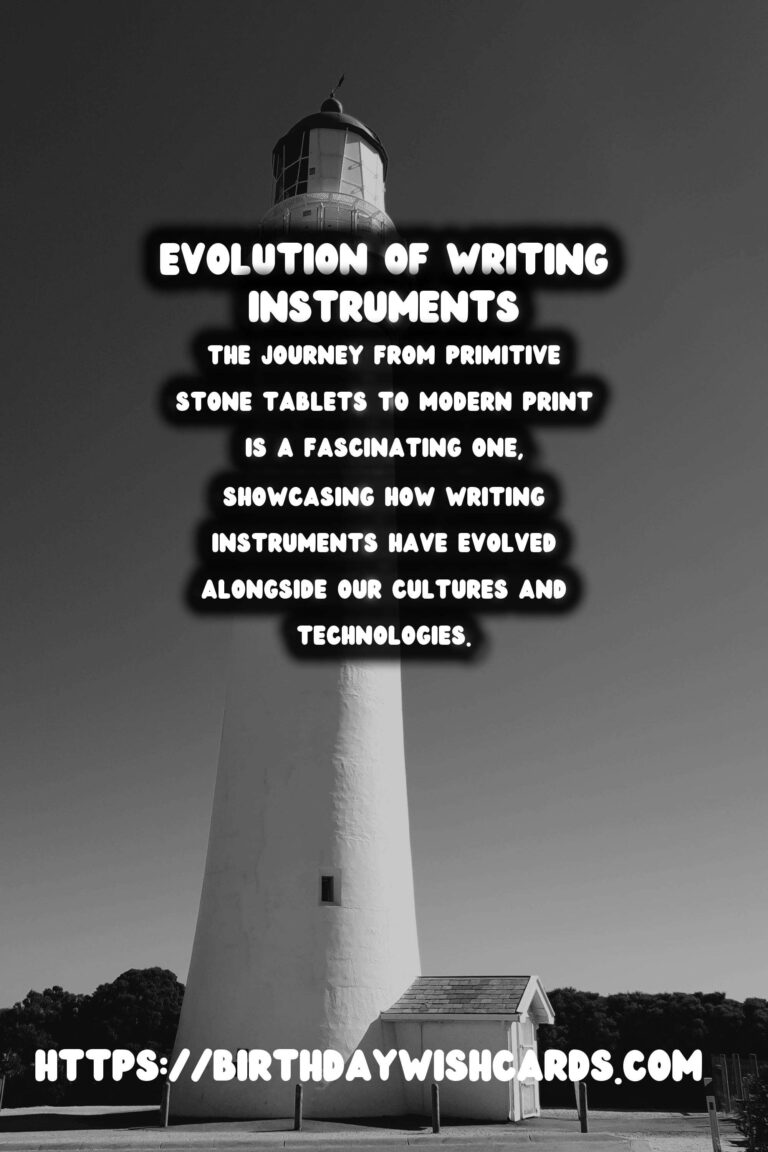
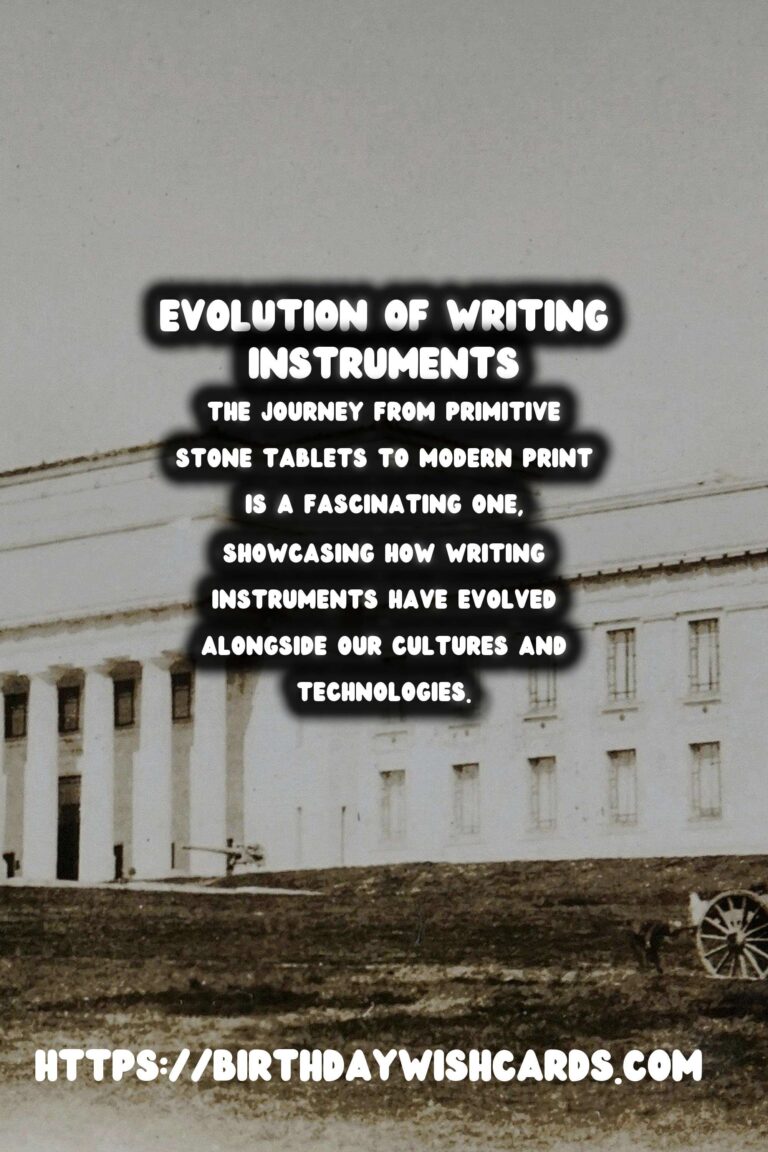


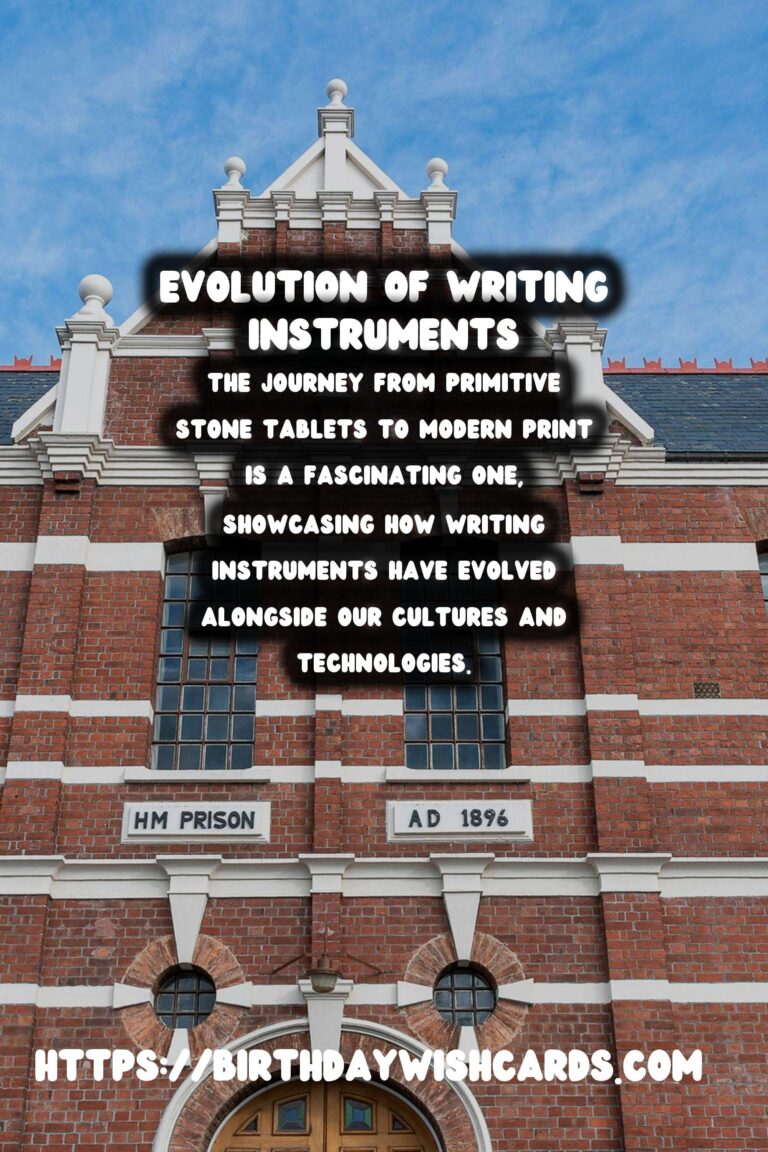

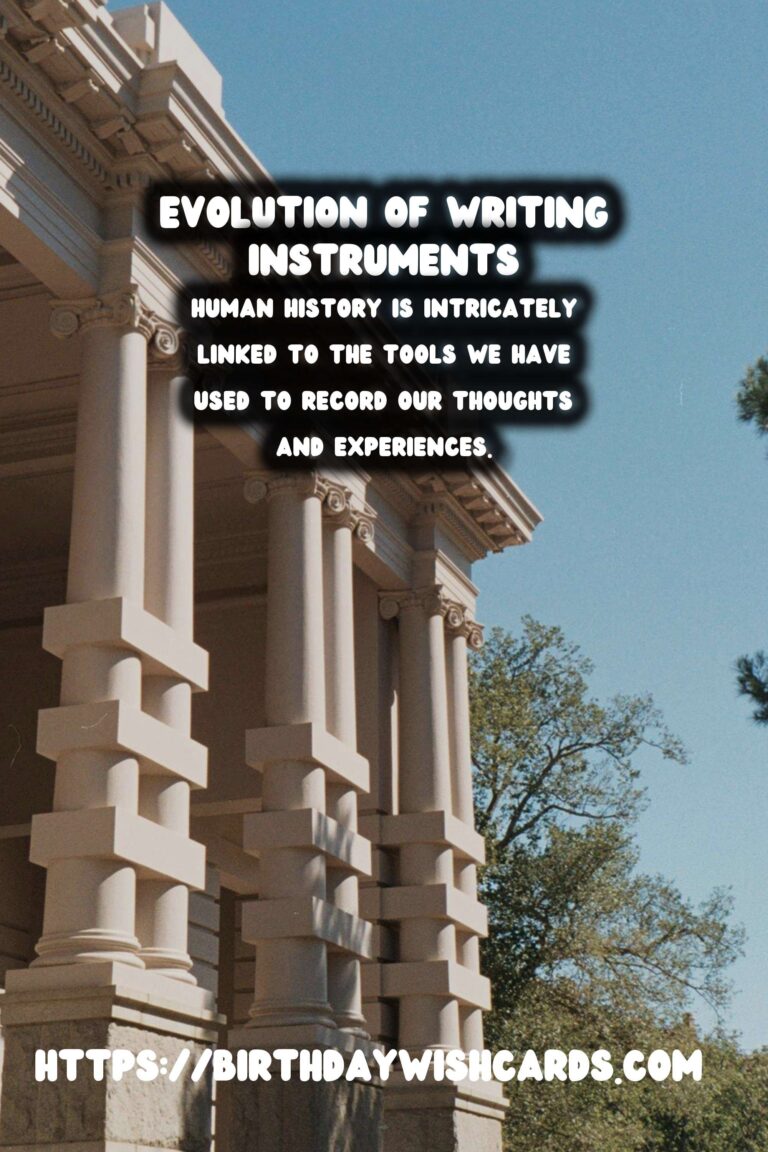
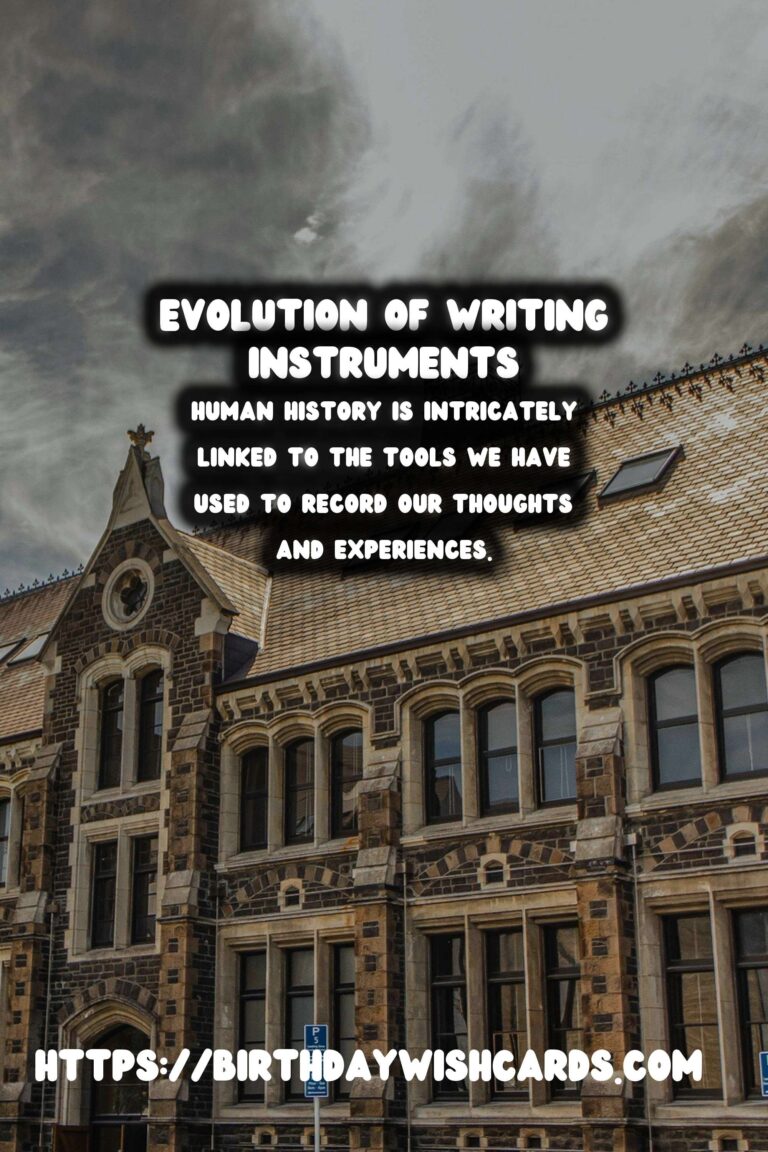

#WritingHistory #EvolutionOfWriting




